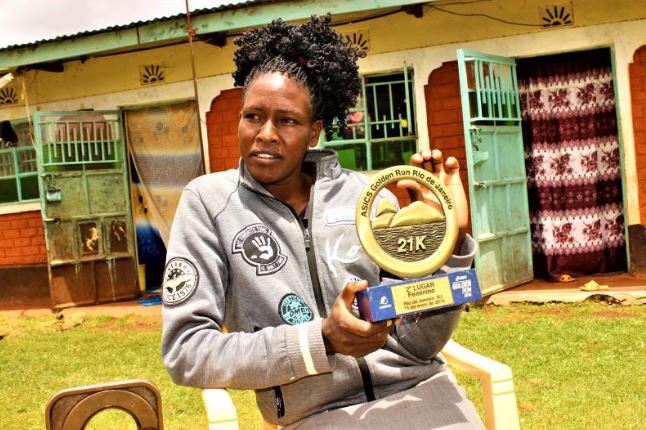×
The Standard e-Paper
Home To Bold Columnists

2017 Standard Chartered Nairobi edition half marathon bronze medalist Alicent Rutto during an interview with The Standard Sports at Chepkinoyo village in Iten, Elgeyo Marakwet County on Thursday 22 April 2021. [Christopher Kipsang, The Standard]
Alicent Rutto’s dream was big like those of at least 2,500 other athletes who train in Iten every day.